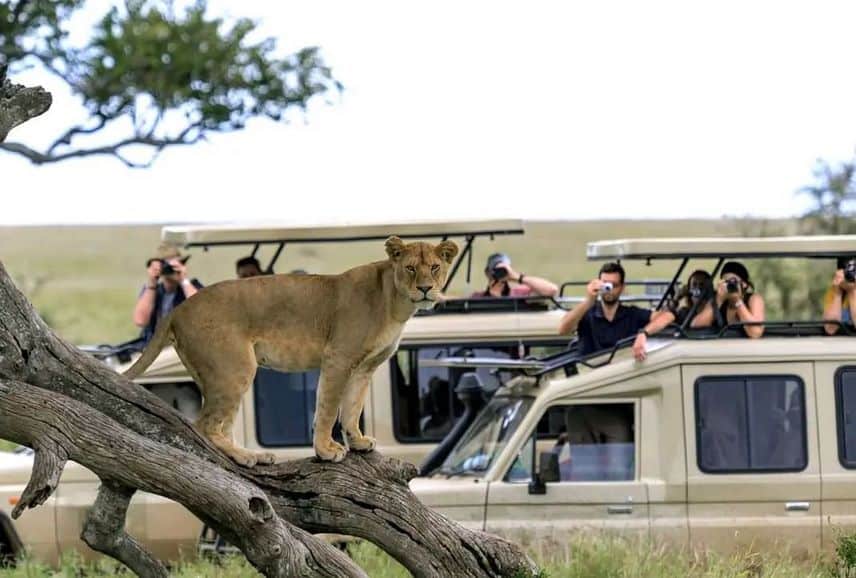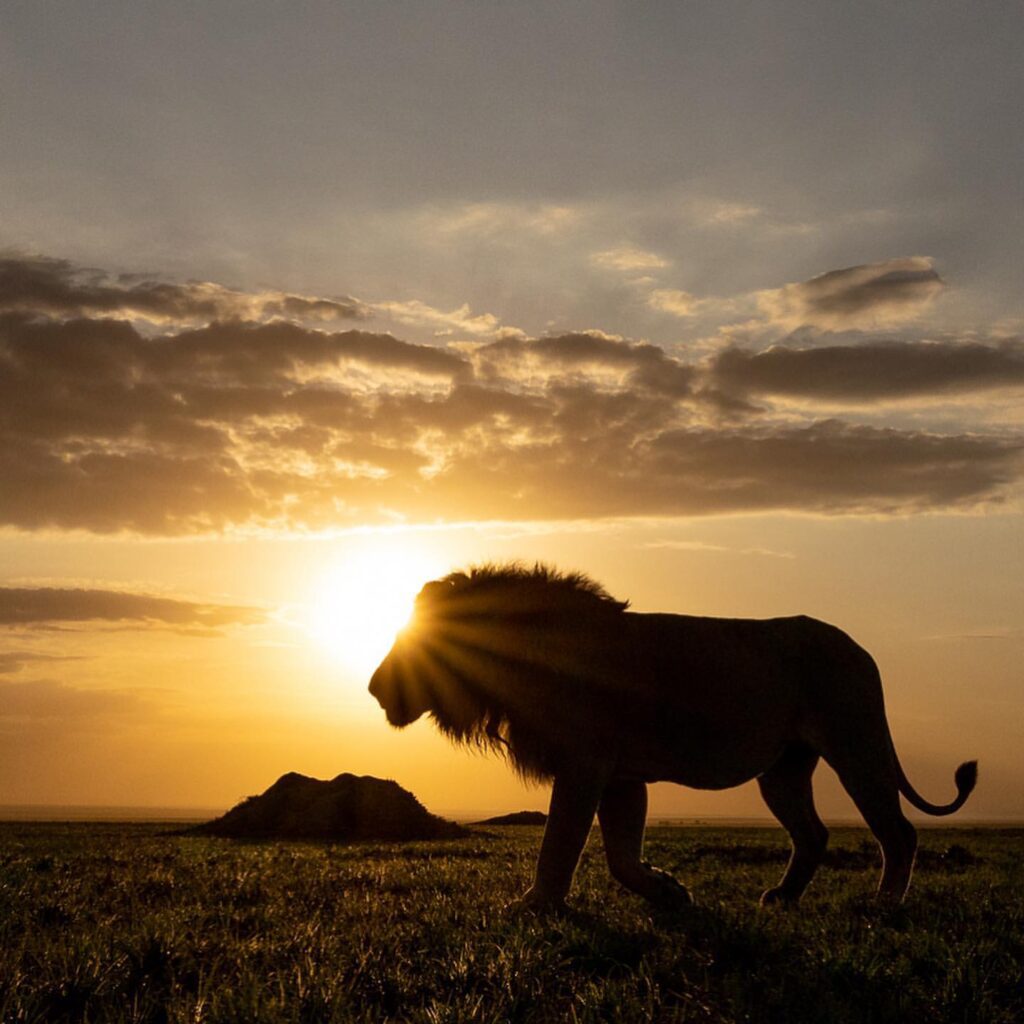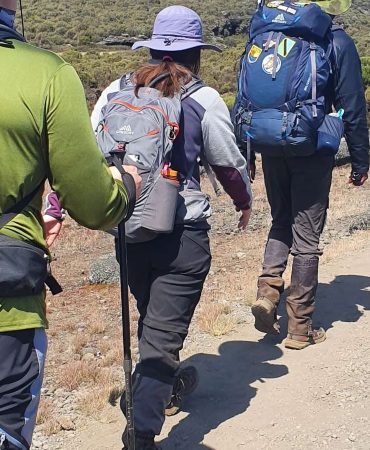Safari Animal Park: Immerse yourself in an incredible 3-day wildlife adventure, with close encounters, scenic landscapes, and expert-led safaris.



Safari Animal Park Tanzania
Safari Animal Park Tanzania: Experience Tanzania’s Safari Animal Park and witness the Big 5 in action. A thrilling adventure awaits you. Book your unforgettable journey now!
Introduction
Safari animal parks in Tanzania offer an unparalleled opportunity to witness wildlife in their natural habitats. These parks, designed to protect and showcase various species, provide thrilling experiences for nature enthusiasts and adventure seekers. The appeal of Tanzanian safari animal parks lies in their ability to bring humans closer to the wild, offering insights into the behaviors and ecosystems of some of the world’s most fascinating animals.
Geographical Information
Tanzania is home to some of the most renowned safari animal parks in Africa. These parks are situated in diverse climates, ranging from the tropical savannas of the Serengeti to the highland forests of the Ngorongoro Crater. The best times to visit vary, with the dry season (June to October) typically offering better wildlife viewing opportunities as animals gather around water sources.
Historical Context
The concept of safari animal parks in Tanzania has evolved over the years, originating from the colonial era when safaris were primarily hunting expeditions. Today, they serve as conservation areas and tourist attractions, contributing significantly to local economies and cultural preservation. The role of safari animal parks in conservation cannot be overstated, as they help protect endangered species and promote biodiversity.
Types of Safari Animal Parks
Drive-Through Safari Parks
These parks allow visitors to explore wildlife from the comfort of their vehicles, offering a safe yet immersive experience.
Walking Safaris
Guided walks provide an intimate way to observe animals and learn about their habitats, plants, and smaller creatures.
Boat Safaris
Ideal for parks with significant waterways, boat safaris offer unique perspectives on aquatic and land-based wildlife.
Balloon Safaris
For a truly unique experience, balloon safaris provide aerial views of vast landscapes and roaming animals.
Top Safari Animal Parks in Tanzania
Serengeti National Park
Home to the Great Migration, the Serengeti is renowned for its vast plains and abundant wildlife, including the Big Five.
Ngorongoro Conservation Area
Famous for its crater, Ngorongoro offers stunning scenery and dense animal populations, including a significant number of black rhinos.
Tarangire National Park
Known for its large elephant herds and ancient baobab trees, Tarangire provides excellent game viewing and unique landscapes.
Lake Manyara National Park
Renowned for its tree-climbing lions and diverse bird species, Lake Manyara offers a compact but rich safari experience.
Ruaha National Park
One of Tanzania’s largest parks, Ruaha is less visited but offers rugged wilderness and excellent wildlife viewing.
Safari Animal Parks Around the World
Comparing Tanzanian safari animal parks with others globally highlights their unique features. The Serengeti’s Great Migration, for example, is unparalleled, while the Ngorongoro Crater offers a distinct blend of wildlife and dramatic landscapes.
Flora and Fauna
Tanzanian safari animal parks are home to an array of plant and animal species. The “Big Five” – lions, elephants, buffalo, leopards, and rhinos – are often the highlight. However, the diverse flora, including ancient baobab trees and unique grasses, also play a crucial role in these ecosystems. Bird watching is another popular activity, with many parks hosting hundreds of bird species.
Safari Experience
A safari experience in Tanzania can vary greatly depending on the park and type of safari. A typical itinerary might include early morning and late afternoon game drives, with time spent at lodges or camps during the day. Accommodations range from luxury lodges to basic campsites, each offering different levels of comfort and immersion.
Health and Safety Precautions
Traveling to safari animal parks requires certain health precautions. Vaccinations for diseases such as yellow fever and typhoid may be necessary, and anti-malarial medication is often recommended. Tourists should follow safety guidelines provided by park authorities and guides, particularly regarding interactions with wildlife.
Photography Tips
Capturing the beauty of safari animal parks requires some preparation. Using a good quality camera with a zoom lens is essential for photographing distant animals. Patience and respect for wildlife are key, ensuring ethical photography practices that do not disturb the animals.
Cultural Insights
Many safari animal parks in Tanzania are located near indigenous communities with rich cultural heritages. Visitors can learn about local traditions, participate in cultural activities, and even support community projects. Understanding and respecting these cultures enriches the safari experience.
Preparation for Safari
Proper preparation is crucial for a successful safari. Essential gear includes comfortable clothing, binoculars, cameras, and sunscreen. Packing smartly, with attention to both comfort and practicality, ensures a more enjoyable experience.
Travel Tips
Traveling to safari animal parks often involves logistical planning. Ensuring all necessary travel documents, understanding local transportation options, and budgeting appropriately can enhance the trip. Many travelers prefer guided tours for convenience and a deeper understanding of the parks.
Conservation Efforts
Safari animal parks play a pivotal role in conservation, protecting endangered species and habitats. Visitors can contribute by practicing responsible tourism, such as adhering to park rules and supporting eco-friendly initiatives. Conservation programs often involve community engagement, ensuring that local people benefit from tourism.
FAQs
Why are safari animal parks in Tanzania important?
Safari animal parks in Tanzania are crucial for wildlife conservation, tourism, and education. They protect endangered species and provide habitats for numerous animals, while also generating revenue and jobs for local communities.
What is the best time to visit safari animal parks in Tanzania?
The best time to visit varies by region, but generally, the dry season (June to October) offers the best wildlife viewing as animals gather around water sources.
How safe are safari animal parks in Tanzania?
Safari animal parks are generally safe when visitors follow guidelines and respect wildlife. Park authorities and guides are trained to ensure tourist safety.
What should I pack for a Tanzanian safari?
Packing essentials include lightweight clothing, sturdy shoes, a hat, sunscreen, insect repellent, binoculars, and a good camera. Preparing for variable weather conditions is also important.
Conclusion
Safari animal parks in Tanzania provide an incredible opportunity to connect with nature and experience wildlife up close. Whether you’re exploring the vast plains of the Serengeti or the dense jungles of Ruaha, these parks offer unforgettable adventures. By visiting and supporting these parks, travelers contribute to conservation efforts and help preserve these natural wonders for future generations.




